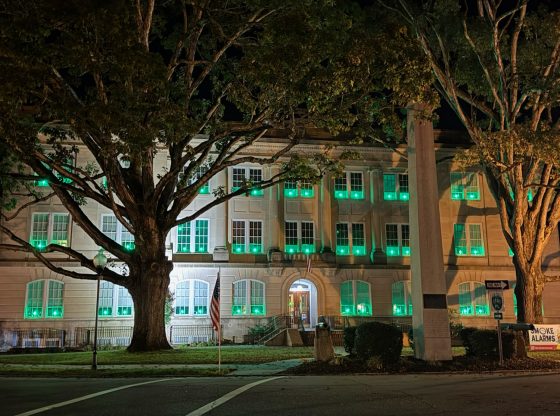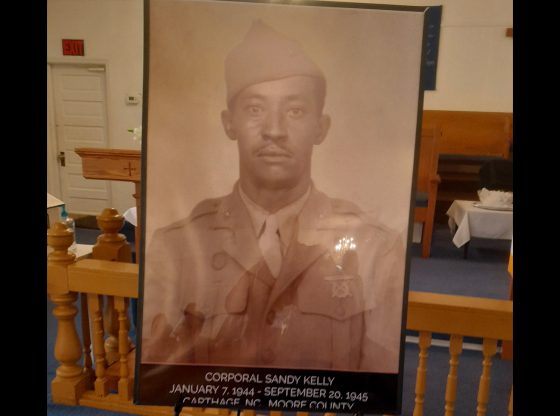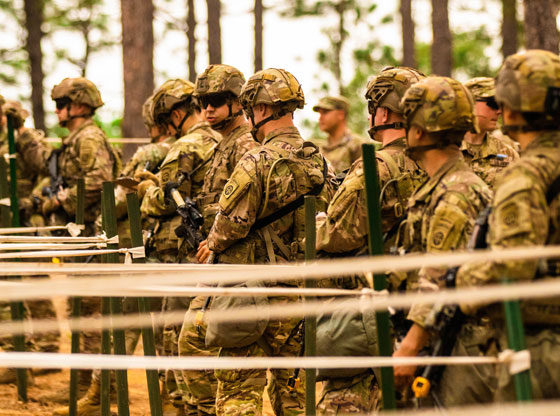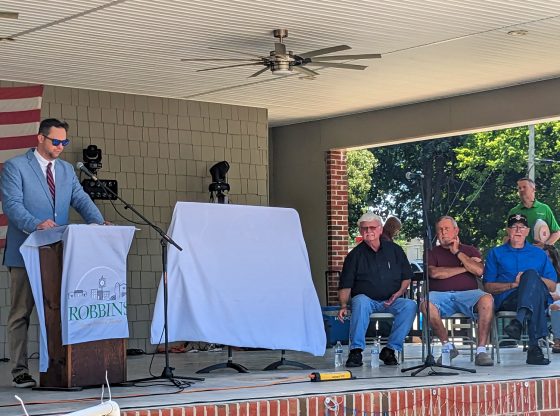The U.S. Department of Veterans Affairs (VA) recently released findings from its most recent analysis of Veteran suicide data for all 50 states and the District of Columbia.
This report yields several important insights:
~Suicide rates increased for both Veterans and non-Veterans, underscoring the fact that suicide is a national public health concern that affects people everywhere.
~The average number of Veterans who died by suicide each day remained unchanged at 20.
~The suicide rate increased faster among Veterans who had not recently used Veterans Health Administration health care than among those who had.
~The analysis is part of VA’s report were obtained from the Centers for Disease Control and Prevention (CDC)’s National Death Index and then linked to both VA and Department of Defense (DoD) data.
To read the VA’s Suicide Report, please click here.
The report includes suicide rates from 2005 to 2015 for both Veteran and non-Veteran populations segmented by age, race and gender, and analyzes Veteran rates based on service branch and era, suicide method and suicide risk factors. These data inform the ongoing work of VA and its partners to prevent suicide and expand the network of support for Veterans.
“Suicide remains a top clinical priority,” said Acting VA Secretary Mr. Peter O’Rourke. “One life lost to suicide is one too many. Suicide is a serious public health concern in the Veteran population and across all communities nationwide. These data offer important insights to help VA to build effective networks of support, communication and care that reach Veterans where they live and thrive.”
Suicide is a complex issue and is influenced by a multitude of intersecting factors that can increase or decrease suicide risk. The VA Suicide Prevention Program’s public health approach addresses the risk factors associated with suicidal behavior — such as a prior suicide attempt, stressful life events or the availability of lethal means — while promoting the protective factors that can offset risk — such as positive coping skills, feeling connected to other people and access to mental health care.
In the years since these data were captured, VA has undertaken substantial suicide-prevention efforts, including:
~Expansion of the Veterans Crisis Line
~Creation of new cross-sector partnerships
~Implementation of the Joint Action Plan for Supporting Veterans During Their Transition From Uniformed Service to Civilian Life
~Launch of SAVE online suicide prevention training
~Development of the forthcoming National Strategy for Preventing Veteran Suicide
Veterans who are in crisis or having thoughts of suicide, and those who know a Veteran in crisis, should call the Veterans Crisis Line for confidential support 24 hours a day, seven days a week, 365 days a year at 800-273-8255 and press 1, chat online at VeteransCrisisLine.net/Chat, or send a text message to 838255. going examination of more than 55 million civilian and Veteran death records that is being used to evaluate and improve VA’s Suicide Prevention Program.
contributed


















